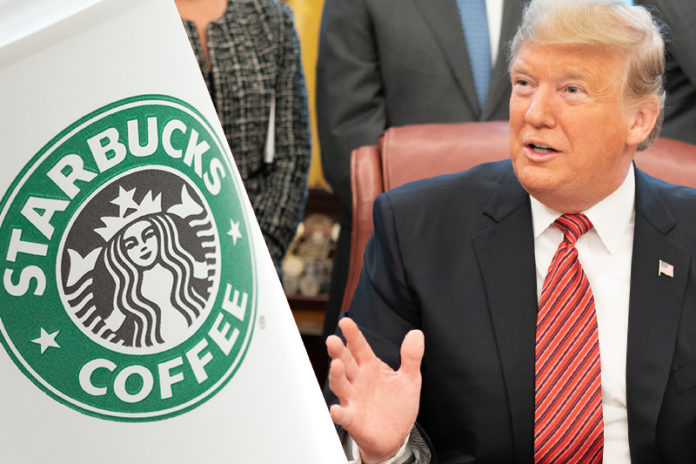
Former Starbucks CEO Howard Schultz announced his independent run for the White House last week.
Independent announcements typically go unnoticed by the media . . . unless a billionaire jumps into the ring.
Schultz not only fits that ticket, with a net worth in excess of $3.4 billion, but he’s also gained solid name ID among liberal households.
The biggest challenge for any independent candidate for president is getting their name printed on the ballot. The task costs many millions of dollars and requires an advocacy base combined with exceptional organizational skills.
Most independent candidates choose to align themselves with a minor political party such as the Green or Libertarian parties in order to secure ballot access in many states at a much lower costs.
The last candidate to run a successful independent bid for the White House was Ross Perot in 1992.
Perot obtained ballot access with a volunteer army of retirees from his company, Electronic Data Systems.
The loyal volunteers convoyed across America in recreational vehicles and made the task of achieving ballot access look easy.
Perot was also the last independent candidate to participate in the national debates. Perot was included by the Commission on Presidential Debates (an organization control by the Republican and Democrat Party) in 1992, but excluded from the 1996 debates.
In 1992, Ross Perot obtained 19% of the vote, despite his personal decision to drop out of the race in July and return on October 1st.
The success of Perot’s campaign resulted in neither major party candidate receiving more than 50% of the popular vote – and cost incumbent George Bush the election.
In contrast to 1992, a run by Howard Schultz – if not a ploy to turn the Democrat Party further to the left – would pull votes from the Democrat nominee and all but guarantee a victory for Donald Trump if he chooses to run for reelection in 2020.




























